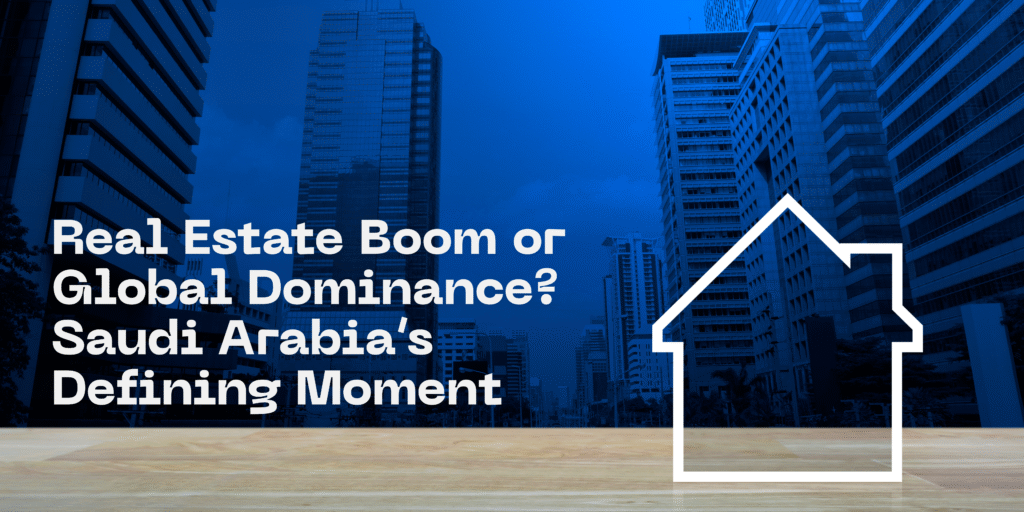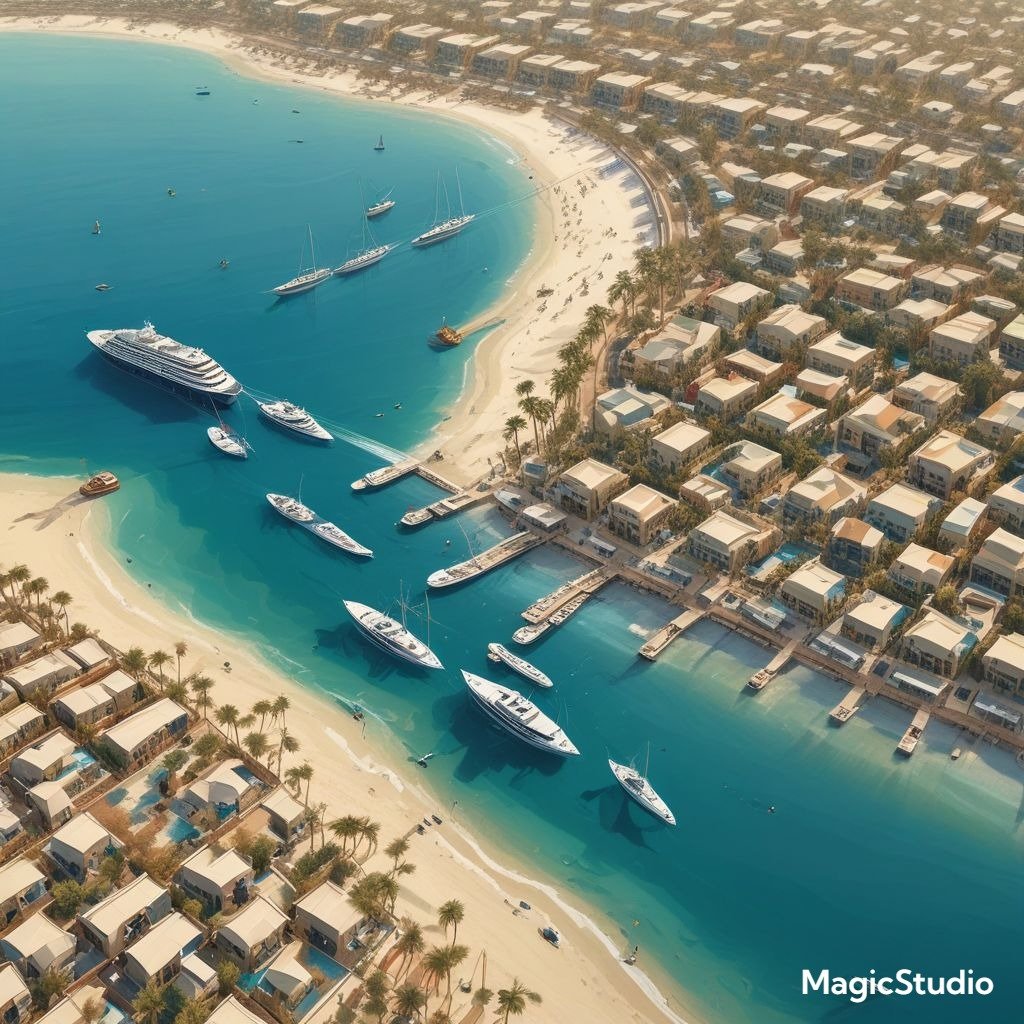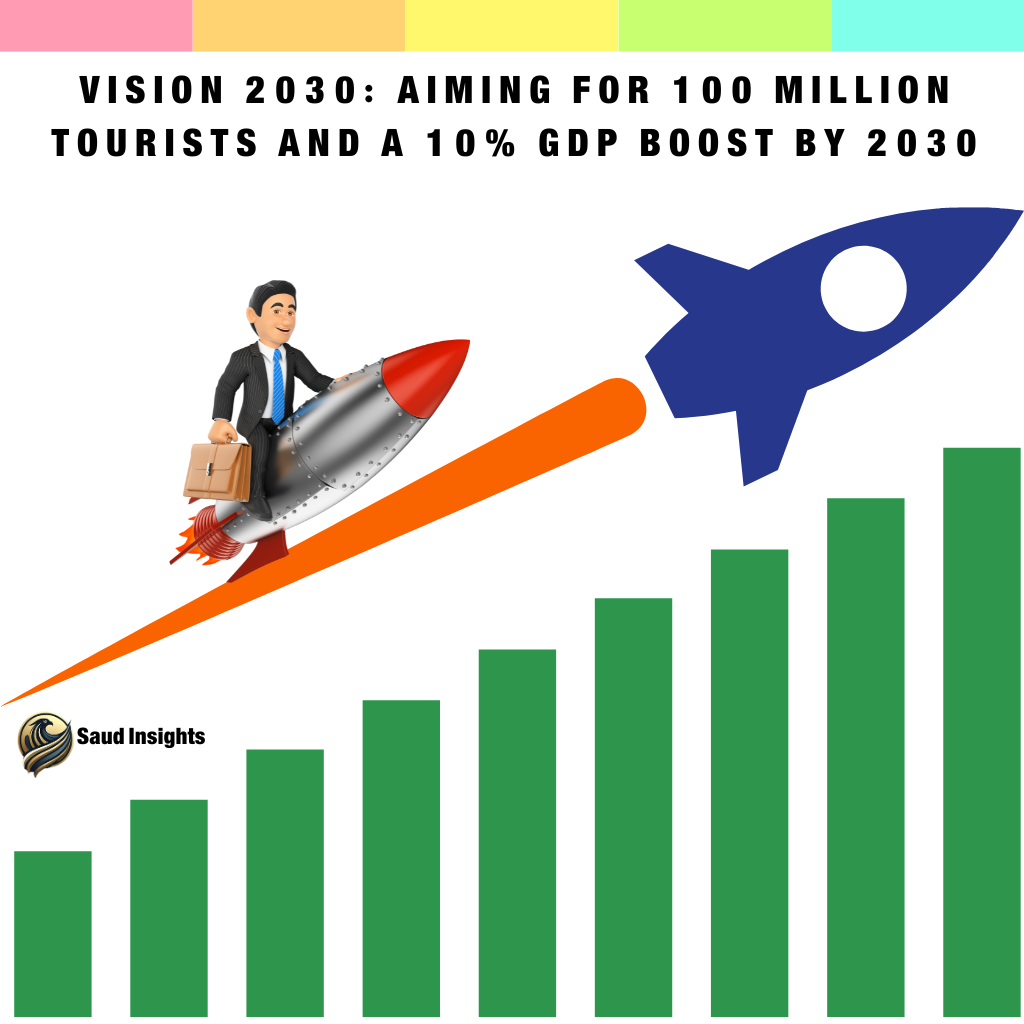Saudi Arabia is undergoing one of the most ambitious national transformation plans in modern history—“Rebuilding the Kingdom” through Saudi Vision 2030. First announced in April 2016 by Crown Prince Mohammed bin Salman, this comprehensive initiative aims to diversify the Kingdom’s economy, reduce dependence on oil, and reposition Saudi Arabia as a global investment hub.
In this post, we’ll take a deep dive into what Vision 2030 has achieved over the past decade, how it’s reshaping society, and what it means for the global economy. As a seasoned blogger with over a decade in covering political economy and development trends, I can confidently say: the scale of change underway in Saudi Arabia is both unprecedented and worth watching closely.
What Is Saudi Vision 2030?
Saudi Vision 2030 is a long-term development roadmap designed to transform the Kingdom into a diversified and sustainable economy. Its primary pillars are:
-
Developing a thriving economy
-
Building an ambitious nation
-
Fostering a vibrant society
Launched in response to falling oil prices and fiscal vulnerability, Vision 2030 seeks to create new sources of revenue through sectors such as tourism, technology, real estate, and finance.
✅ External Source: Visit the official Vision 2030 website for detailed goals and initiatives.
Major Achievements of Vision 2030 Sustainable Tourism in Saudi Arabia: Vision 2030’s Eco-Luxury Boom in 2025 (2016–2025)
1. Economic Diversification and Global Market Integration
Saudi Arabia has made massive strides in opening its economy. Through reforms in investment regulations, debt issuance, and capital market expansion, the Kingdom has attracted billions in foreign investment.
Thanks to the partial IPO of Aramco, the Tadawul (Saudi Exchange) is now the ninth-largest stock market globally, and third-largest among emerging markets.
2. Non-Oil Sector Growth Surpasses Oil
In a historic shift, non-oil GDP has grown faster than the oil economy in recent years. This includes sectors like:
-
Construction
-
Entertainment
-
Technology
-
Retail & E-commerce
This structural pivot is a cornerstone of rebuilding the Kingdom’s economy.
3. Massive Construction Boom
Saudi Arabia is currently leading the global construction landscape. Projects like NEOM, a $500+ billion smart city, are reshaping the nation’s physical and economic geography.
NEOM alone consumes 20% of the world’s steel supply, reflecting the sheer scale of ambition.
🏗️ As per a report by GlobalData, Saudi Arabia is expected to become the world’s largest construction market by 2028.
4. Increased Homeownership
The government aims to achieve 70% Saudi home ownership by 2030—a leap from 47% in 2016. By 2024, this number has already reached 62–65%, reflecting solid progress.
5. Women Empowerment
One of the most notable shifts is in female labor force participation, which exceeded the original Vision 2030 target ahead of schedule, signaling a broader cultural transformation.
The Political Structure Behind the Transformation
Vision 2030 didn’t emerge in a vacuum. It required a re-engineering of Saudi Arabia’s governance structure. Under King Salman’s leadership, and with Mohammed bin Salman as Crown Prince:
-
Traditional power-sharing among royal family lines was restructured.
-
Ministries were placed under loyalists.
-
New oversight bodies like CEDA (Council of Economic and Development Affairs) were formed.
-
A wave of technocratic leadership replaced hereditary appointments.
This vertical governance model ensured smoother execution of reforms but also centralized power more than ever before.
Challenges and Social Tensions
Despite its successes, Vision 2030 has stirred notable social and economic challenges:
-
Wealth Inequality: Vision 2030 is creating wealth polarization in a country already among the most unequal globally.
-
Class Division Among Citizens: Economic shifts are creating divides within the Saudi national population, not just between citizens and expatriates.
-
Reduced Transparency: With power consolidated under the Royal Court and foreign consultants advising on key projects, government accountability has weakened.
The Future of Saudi Arabia: Real Estate Empire or Global Powerhouse?

At its core, Vision 2030 is a bet that the world’s most influential oil exporter can transform into a real estate and investment empire. If successful, it could serve as a blueprint for other resource-dependent economies.
The next five years will be crucial in determining whether Saudi Arabia can maintain its momentum, balance rapid modernization with social stability, and uphold its ambitious targets.
Final Thoughts: A Blogger’s Perspective on “Rebuilding the Kingdom”
After observing global transformation strategies for over a decade, I believe Saudi Arabia’s Vision 2030 is both daring and disruptive. It combines futuristic urban planning, deep economic reforms, and strong leadership in a way few nations have attempted.
But as the Kingdom moves toward its 2030 deadline, sustaining growth while ensuring social cohesion and institutional transparency will be its biggest test.



